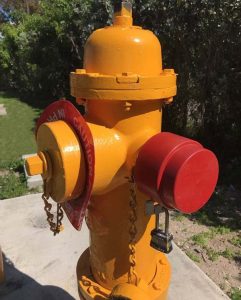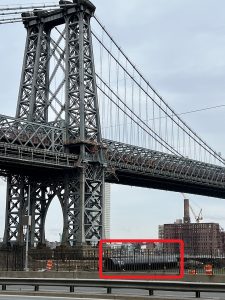
Natural gas is an integral part of our daily lives. We use it to heat our homes and water, cook meals and dry our clothes. It’s also used to manufacture and transport many of the goods and services we use every day including clothing, paper and electricity. More than 300,000 miles of natural gas pipelines make up the nation’s underground network of natural gas extraction, production and delivery. The natural gas industry also employs, either directly or indirectly, more than four million Americans.
Earlier this year, the Interstate National Gas Association of America (INGAA) launched its “America’s Energy Link” campaign to raise awareness about the benefits of natural gas and natural gas pipelines. INGAA is a trade organization that advocates for the natural gas pipeline industry in North America. AMERICAN Steel Pipe is a member and manufactures electric-resistance-welded steel pipe in diameters from 12.75 to 24 inches.
“One of the biggest challenges facing the steel pipe industry today is the lack of understanding and education about pipelines and our energy supply,” said AMERICAN Steel Pipe Assistant Division Sales Manager Paul Freund. “As the U.S. becomes more energy independent, consumers have more money in their pockets and are less reliant on foreign sources. Recent studies have shown that households are saving an average of $2,000 per year thanks to the benefits of domestic energy production.”
“Recent studies have shown that households are saving an average of $2,000 per year thanks to the benefits of domestic energy production.” – Paul Freund, AMERICAN Steel Pipe Assistant Division Sales Manager
According to INGAA, U.S. natural gas production is up 50 percent since 2005. This increase in production is largely due to improved technology, which led to the shale revolution and an increase in the need for infrastructure. The shale revolution refers to the production boom that began to increase significantly after 2008 when the U.S. ramped up its production of oil and natural gas.
Natural gas currently generates about 30 percent of our electricity in the U.S., and 63 percent of future pipelines will be in the natural gas sector. INGAA estimates if we stop developing and using natural gas as an energy source, 3.9 million jobs would be cut in 2017 and 14.8 million jobs would no longer exist by 2022.
“Pipelines are considered to be the safest and most efficient mode of transportation for our energy products,” said Freund. “Natural gas is clean, reliable, affordable and abundant. It also complements renewables like solar and wind, and ensures a diverse mix of energy resources.”
Visit www.ingaa.org/energylink to learn more about America’s Energy Link and the benefits of natural gas, or to sign up for INGAA’s monthly newsletter.




